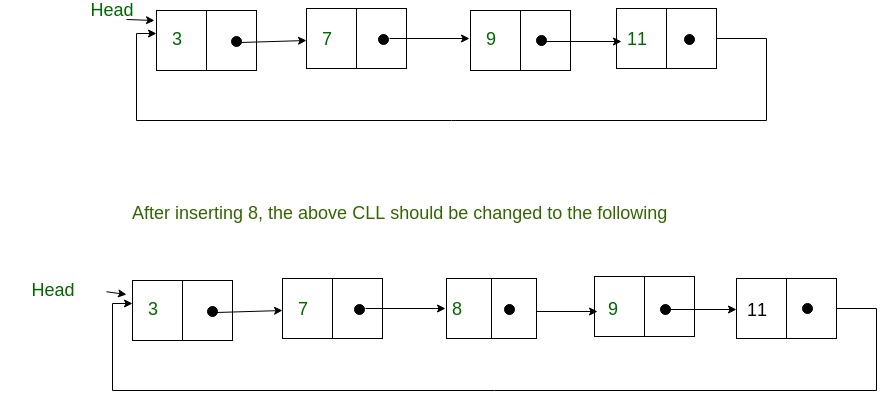

They are stack underflow and stack overflow. IsEmpty → This operation checks whether a stack is empty or not i.e., if there is any element present in the stack or not. Top → The Top operations only returns (doesn’t remove) the top-most element of a stack. Pop → The pop operation removes and also returns the top-most (or most recent element) from the stack. As stated above, any element added to the stack goes at the top, so push adds an element at the top of a stack Push → The push operation adds a new element to the stack. However, we will restrict the linked list or the array being used to make the stack so that any element can be added at the top or can also be removed from the top only.Ī stack supports few basic operations and we need to implement all these operations (either with a linked list or an array) to make a stack. Since a stack just has to follow the LIFO policy, we can implement it using a linked list as well as with an array. It means that the item which enters at last is removed first. It works on LIFO (Last In First Out) policy. In Computer Science also, a stack is a data structure which follows the same kind of rules i.e., the most recently added item is removed first.

All these stacks have one thing in common that a new item is added at the top of the stack and any item is also removed from the top i.e., the most recently added item is removed first. In our day to day life, we see stacks of plates, coins, etc.


 0 kommentar(er)
0 kommentar(er)
